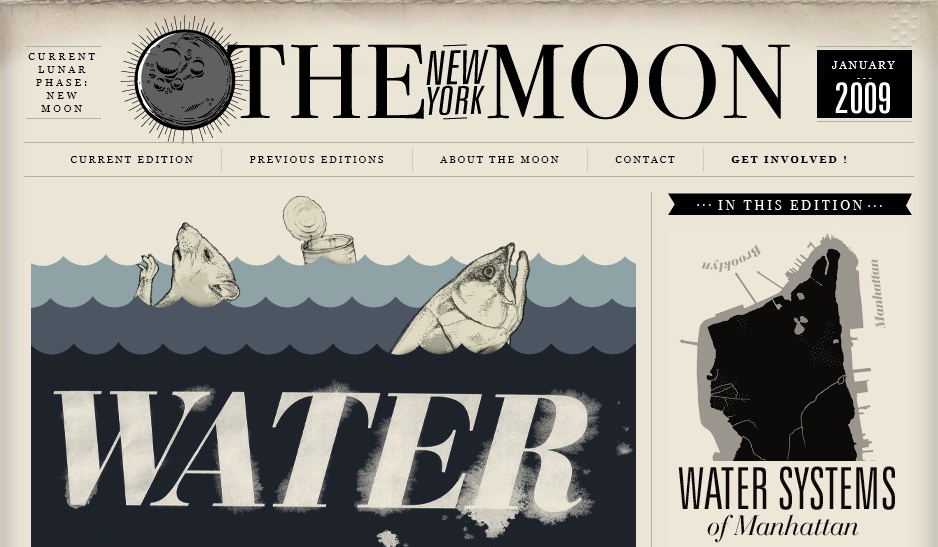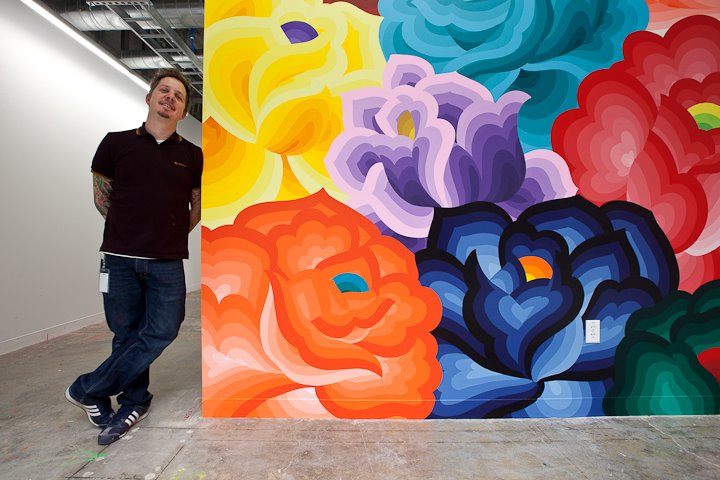 The American Dream, which for many Americans is the prospect of owning your own home, is dying. Or, at the very least, it is in danger of being lost to a sea of forces, which include overbuilding, overbuying and the economic downturn.
With single family suburban homes becoming plentiful over the past decade, and the inevitable housing bubble that devastated so many suburbs around the country that followed, the thought naturally turns to whether this model is sustainable moving forward. What does the future hold for suburban living, and where do we go from here?
The American Dream, which for many Americans is the prospect of owning your own home, is dying. Or, at the very least, it is in danger of being lost to a sea of forces, which include overbuilding, overbuying and the economic downturn.
With single family suburban homes becoming plentiful over the past decade, and the inevitable housing bubble that devastated so many suburbs around the country that followed, the thought naturally turns to whether this model is sustainable moving forward. What does the future hold for suburban living, and where do we go from here?
A new exhibit at the New York Museum of Modern Art seeks to rethink suburban living and the design of the communities themselves. Taking unique and sometimes radical approaches, five design teams each took a community ravaged by the housing crisis and came up with their own architectural and artistic solution to improve the affected areas and introduce more density, retail stores and sustainable practices. The results need to be seen to be believed, as they provide a completely new and interesting way to look at American housing.
The exhibit, titled “Foreclosed: Rehousing the American Dream,” looks at five suburbs around the country that have been hit hard by the foreclosure crisis: The Oranges, a New Jersey community twenty miles outside New York City; Temple Terrace, Florida, located just outside of Tampa; Cicero, Illinois, a suburb of Chicago; Keizer, Oregon, a suburb of Portland; and Rialto, California, located outside of San Bernardino.
Looking through the five exhibits, one sees a pattern: all five areas under study feature the now commonplace suburban single family homes that have come to dominate the suburbs of American cities, with the design teams seeking to fundamentally change the way we see suburban housing. Gone are the 1,500 square feet or larger single family homes with large backyards and wide spaces between properties; all five proposals call for much more density, shared spaces, and retail and dining options often inside the communities. In essence, what the design teams are trying to do is replicate some of the best features of urban living and transport them to the suburbs.
Even though single family suburban living has proved to be incredibly popular over recent decades, it has always had its share of critics from urban planners, policy makers and sustainable growth advocates. The effect on the environment, through increased automobile use and higher energy use, is widely mentioned. The separation from the community, through isolated properties and less interaction with others, is mentioned as well.
What is so fascinating about the exhibit is the way the design teams take all of these criticisms to heart and seek to remedy the problems of overbuilding and density through five architectural designs that really are about as different as they are similar. As to be expected, they all feature people living closer together and becoming more sustainable, but they differ enormously in how the communities are designed from an aesthetic level. I took a look at all five exhibits (virtually, of course, until I can make the trip to New York), and came away impressed with some of the projects and more skeptical of others. The five exhibits are broken down below:
The Oranges, New Jersey: Located twenty miles outside of New York City, the Oranges is a unique community that is, in the words of the design team, “more urban than suburban,” with close proximity to major roads and transportation options. The Oranges approach is perhaps the most radical of all five designs: it seeks to remove the car from the city by adding multi-level housing to the roads themselves, with occupants using mass transportation options instead. The designs of these new housing complexes are jagged in design and feature different kinds of housing, including multi-family housing units and shared public spaces. My favorite design element is transforming the roofs of the buildings into public places, where energy can be produced and green spaces can be added, helping to make the buildings more sustainable. Of the five exhibits, this one is the least practical, but earns praise for the unique artistic design to the housing units.
Temple Terrace, Florida: Located just outside of Tampa, the Temple Terrace project looks to re-develop 2.2 miles of the community’s downtown area through adding additional housing units and public spaces. This one is perhaps the least controversial of the five designs, as it splits the development between more conventional smaller housing units and another space for multi-family housing and duplexes.
Cicero, Illinois: This one is my favorite, as it seeks to take existing abandoned structures and re-develop them into housing and community areas. Cicero, a suburb of Chicago, grew up as a railroad town, then became a town full of factories in the mid-20th century; as the factories left in the 1980’s, the town started losing jobs and became an economically depressed area. The foreclosure crisis hit Cicero hard, and only worsened the situation. In recent years, the immigrant population of the town has boomed, leading to an increasingly diverse community.
What the Cicero project seeks to do is bring living and working together, and they do this through taking over existing abandoned factory sites and turning them over to housing. After the requisite environmental process, the design team takes these abandoned factories and converts them to high rise housing complexes, featuring shared living areas along with shared community spaces. Living units are on different floors, with each building featuring a community floor that can include shared kitchens, shared living rooms and more. The design team also seeks to change the way houses are financed, through innovative ideas like equity co-op’s and building trusts where people can buy and sell shares of their homes.
My favorite idea of the design was to take garage space and convert alleyways into stores, restaurants and community spaces where residents could earn additional money for themselves through land on their own property.
Keizer, Oregon: Located just outside of Portland, the design team for Keizer sought to combine the best of the town and the best of the country, and their design is striking in terms of how much of nature is included in the very dense living spaces created.
The Keizer design has a massive multi-level apartment complex look to it, but it also does its best to include plants and nature into the design. While there are multiple levels of housing, the nature elements are located at ground level, and include abundant supplies of green space, forest, exotic gardens, plant life and even exotic animals as well. Bridges connect the different complexes and include retail stores, and the series of courtyards that are included feature different nature activities like rock climbing and spelunking.
This design perhaps does the best job of creating a living, sustainable, all-encompassing community within its borders. The designers point out that the project achieves five times as much density and provides three times as much space as the existing Keizer community.
Rialto, California: The final project, looking at the community of Rialto located outside of San Bernardino, seeks to not so much radically change the suburban housing structure as it does to modify it around the edges. The biggest design departure from current practices is the “relaxation of boundaries,” where existing plots of lands are converted into row houses, duplexes and apartments. This means that while you can have a regular single family home on one plot of land, right next to it you could have a row of apartments or smaller homes on the same block. One rationale for this is that if a family residing in an apartment wanted to move up into a single family home, they could do so without having to leave the complex. The design team also adds retail and mass transportation options to the complex, again seeking to create a more complete community within its boundaries.
Current zoning laws and restrictions prevent most if not all of the above changes in each of the five designs from taking place, and the architects and planners associated with each would need changes in the laws if the designs were ever implemented. This is part of a larger concern for neighborhood revitalization and renewal, and as the housing crisis showed us, the current model of larger single family suburban homes is not sustainable in some areas. Changes need to be made, and these five designs seek to identify the best ways to do so.
I encourage everyone to take a look at the five designs online if you can’t make it to New York for the exhibit. It runs through July 30th.
(Photo credit: NY Museum of Modern Art)







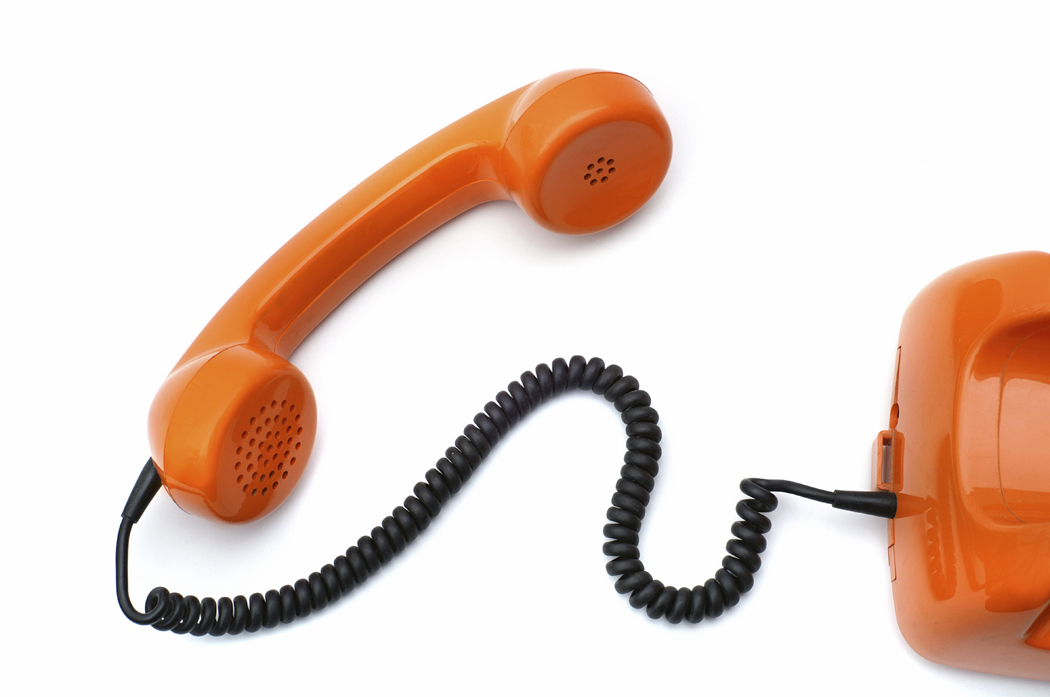


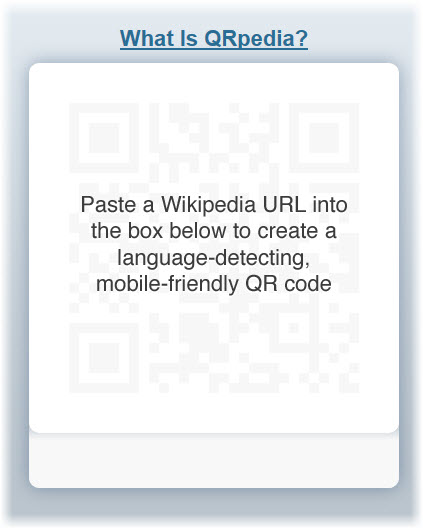

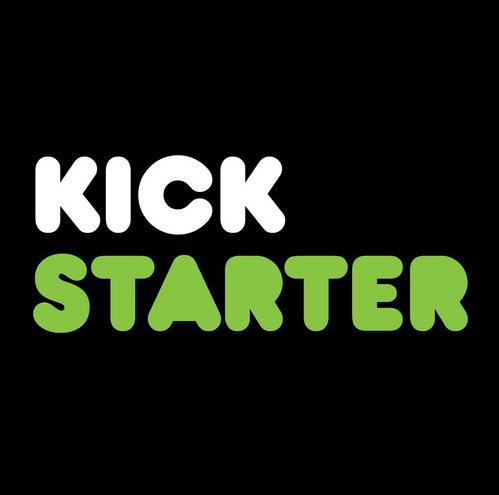
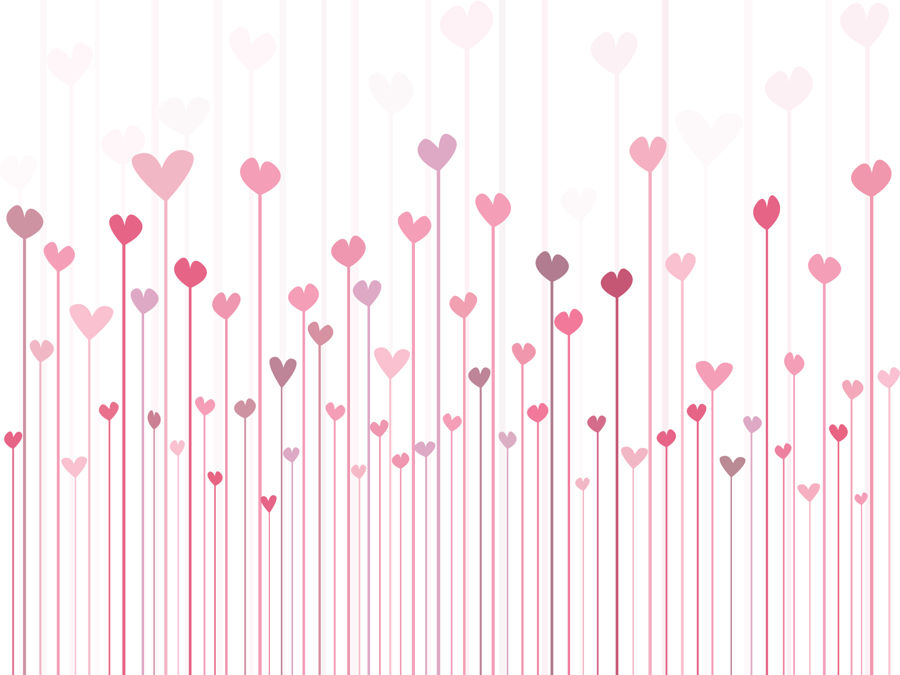 February 2012 was a busy month here at Technology in the Arts, and while its not yet over, let’s take a look at some of the great stories we covered.
February 2012 was a busy month here at Technology in the Arts, and while its not yet over, let’s take a look at some of the great stories we covered.

